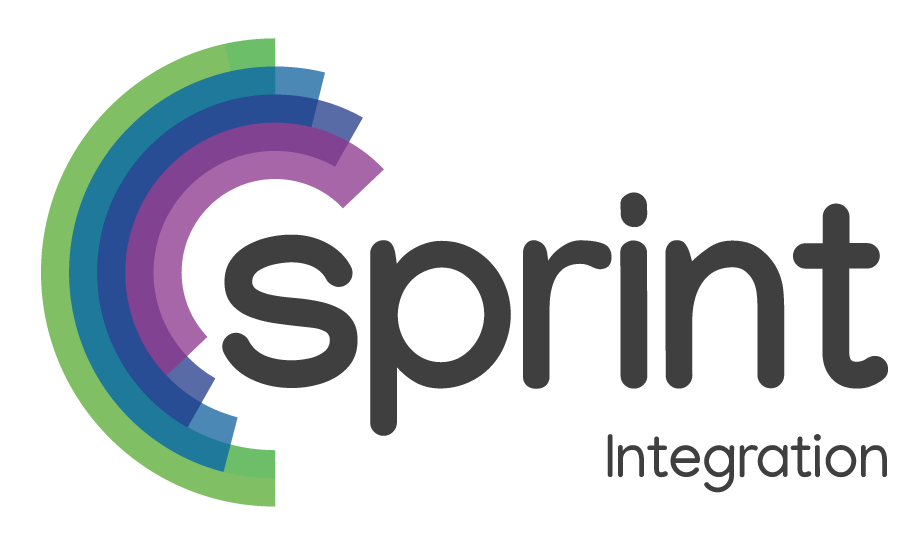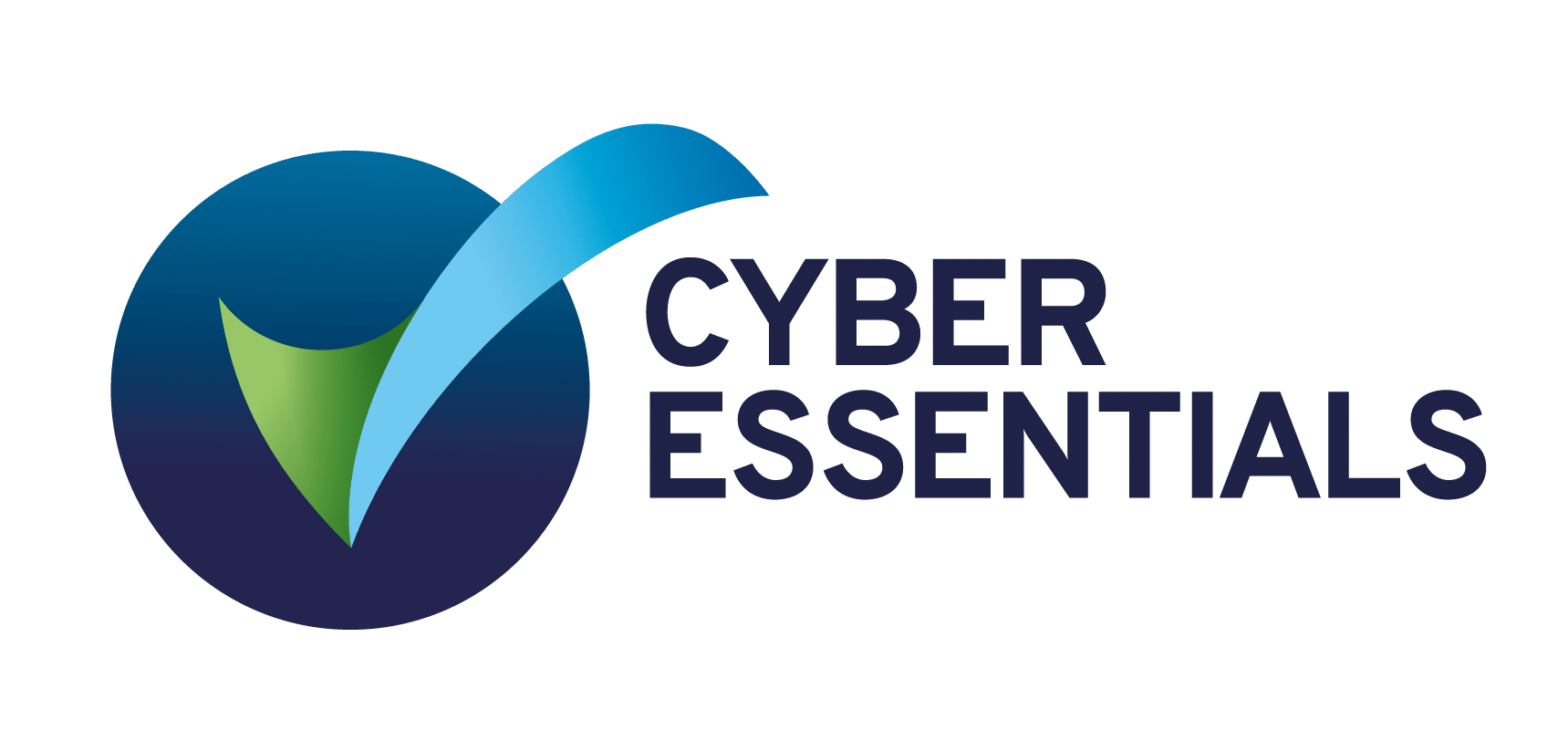Let’s face it—AI’s already in the workplace, whether we’ve officially welcomed it in or not. Tools like ChatGPT and Microsoft Copilot are quietly showing up in meetings, email drafts, and to-do lists.
The question isn’t if your team will use AI. It’s how they should be using it—and whether you’ve got the right boundaries in place.
Why Letting Staff Use AI Might Be a Good Thing
Used sensibly, AI can make everyday work a bit less… tedious.
- Tidies up the boring stuff – summarising notes, rewording emails, chasing admin.
- Lives inside tools people already use – like Word, Excel, and Teams, thanks to Copilot.
- Helps get things started – no more staring at a blank screen waiting for inspiration.
- Levels the playing field – especially for junior staff trying to keep pace.
Think of it like giving your team a silent co-pilot. Not there to fly the plane—but handy when you need a second opinion or a shortcut.
But You’ve Got to Be Cautious
Just because it’s helpful doesn’t mean it’s risk-free.
- Sensitive data can slip through the cracks – especially if someone drops it into a public AI tool.
- It’s not always right – and it sounds more confident than it deserves to.
- It can encourage laziness – or worse, quietly erode core skills.
- Ownership is messy – if AI helps write it, who actually owns the content?
So yeah, handy? Definitely. But only if your team knows where the lines are.
A Smarter Approach: Balance
Instead of banning it or going full steam ahead, aim for the middle ground.
Here’s what that might look like:
- Greenlight the right tools – e.g. allow Microsoft Copilot, but block public AI platforms unless vetted.
- Keep the data safe – make it crystal clear what’s off-limits.
- Teach them how to use it well – not just how to prompt, but how to think critically.
- Make sure people still check stuff – nothing goes to a client without a human sign-off.
- Adapt as you go – AI moves quickly; your policy should too.
What Other Companies Are Doing
Some businesses are dipping a toe in:
- Letting staff use AI internally, but keeping it away from external comms.
- Running short workshops to demo safe, effective use.
- Assigning someone to keep an eye on usage and update the policy regularly.
It doesn’t have to be a huge shift. Even small steps can make a big difference.
Final Thought
AI isn’t the enemy—it’s a tool. And like any tool, it depends on how it’s used.
Rather than fearing it or blindly embracing it, find your own way of working with it. Put some structure around it. Keep the human brain in the loop. And most of all, talk to your team about what makes sense for your business.
✅ Need help setting the boundaries around AI in your business?
At Sprint Integration, we’ll help you shape an AI usage policy that balances productivity with peace of mind.







